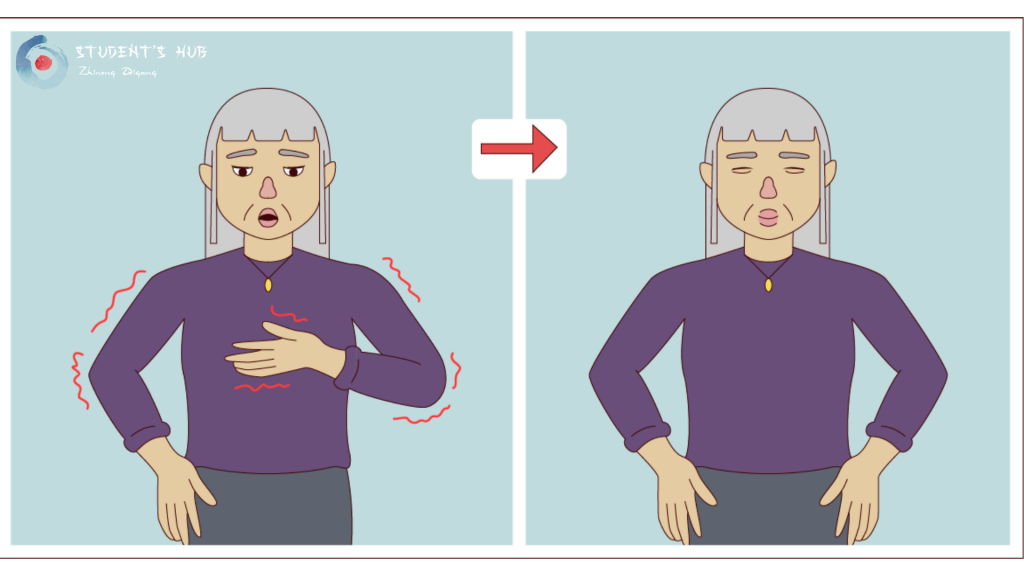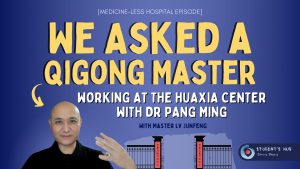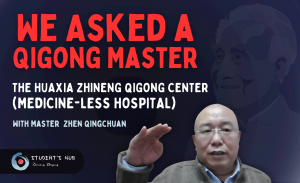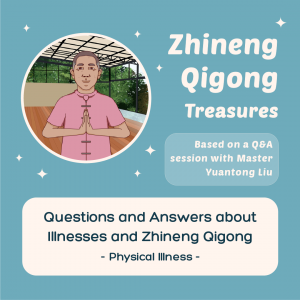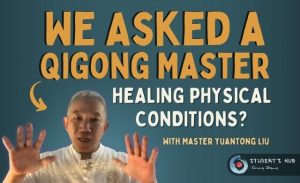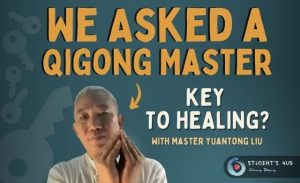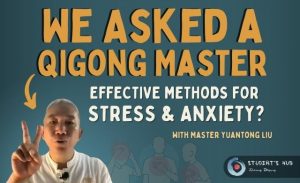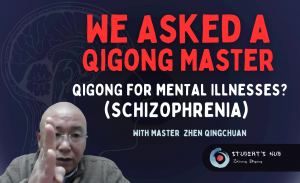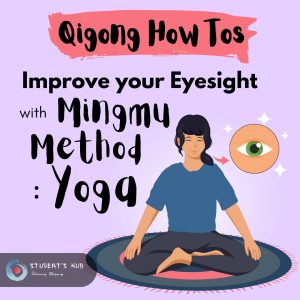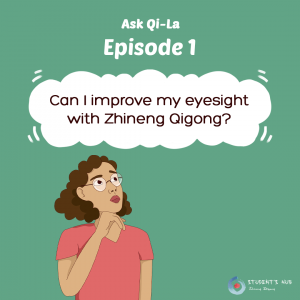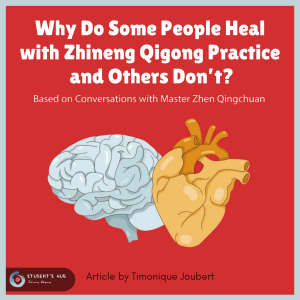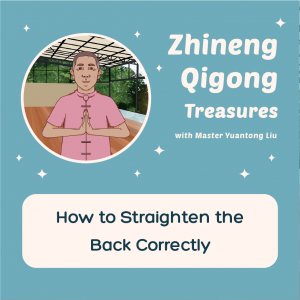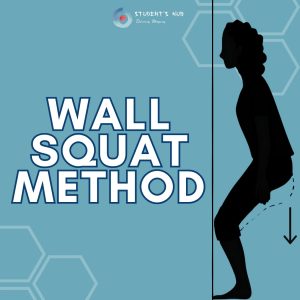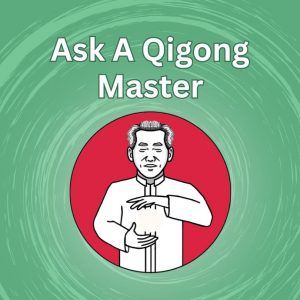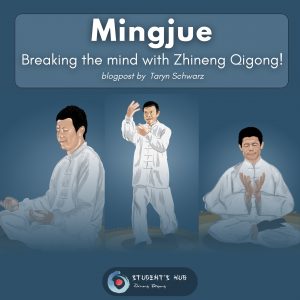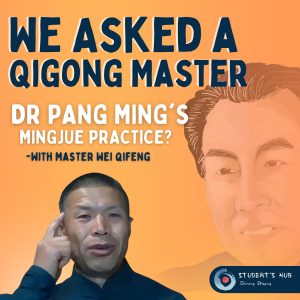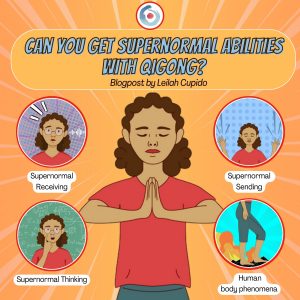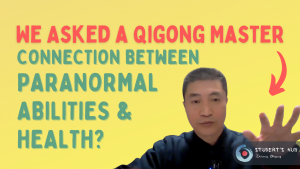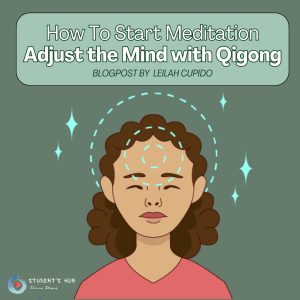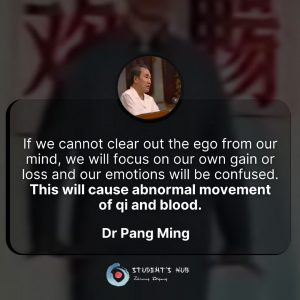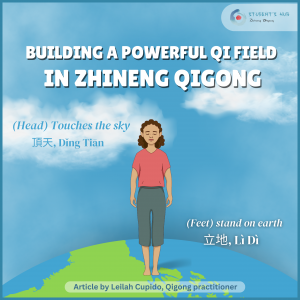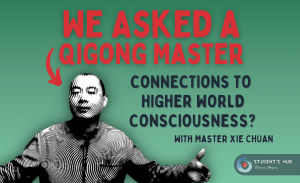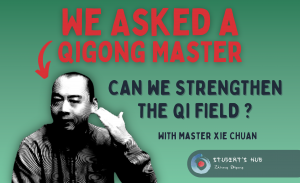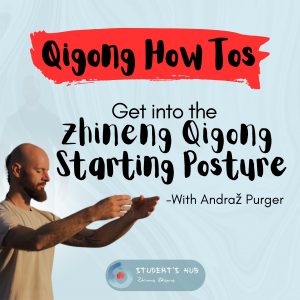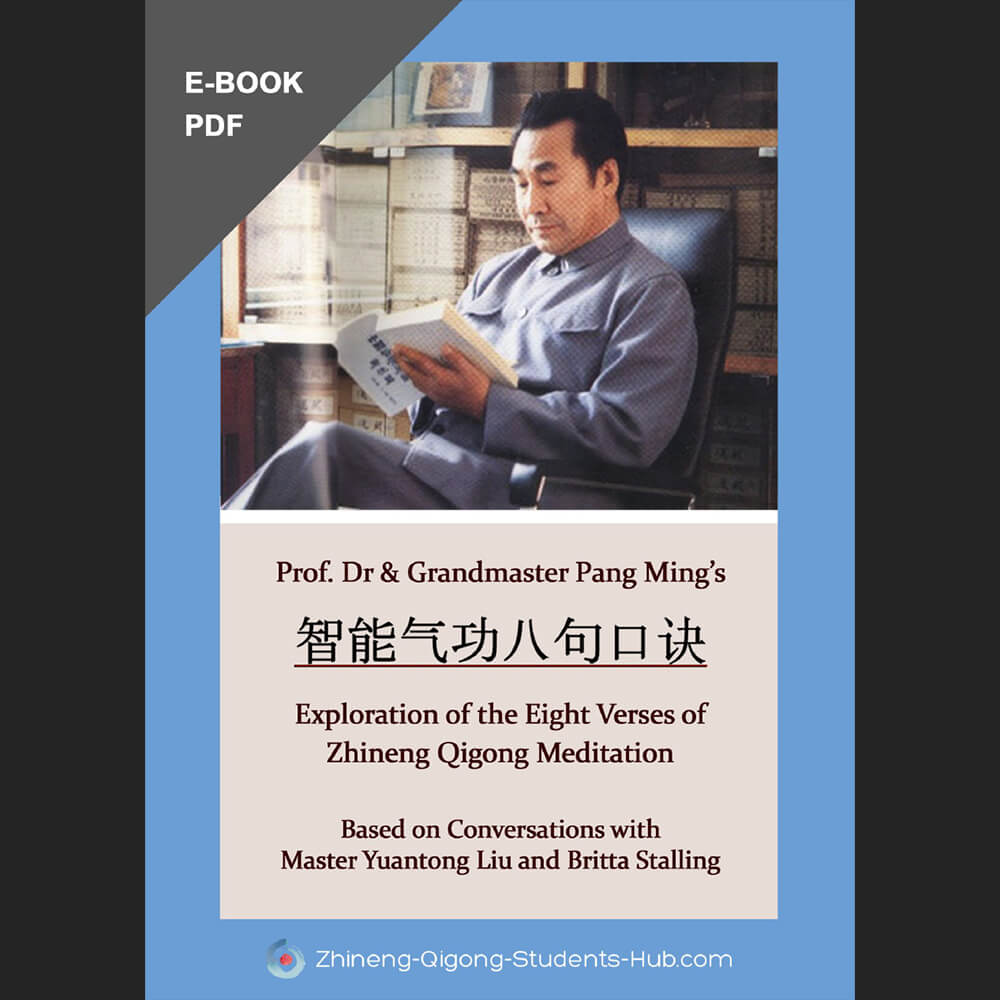Qigong Science
Can Qigong Transform Parkinson’s Disease?
What is Parkinson’s Disease?
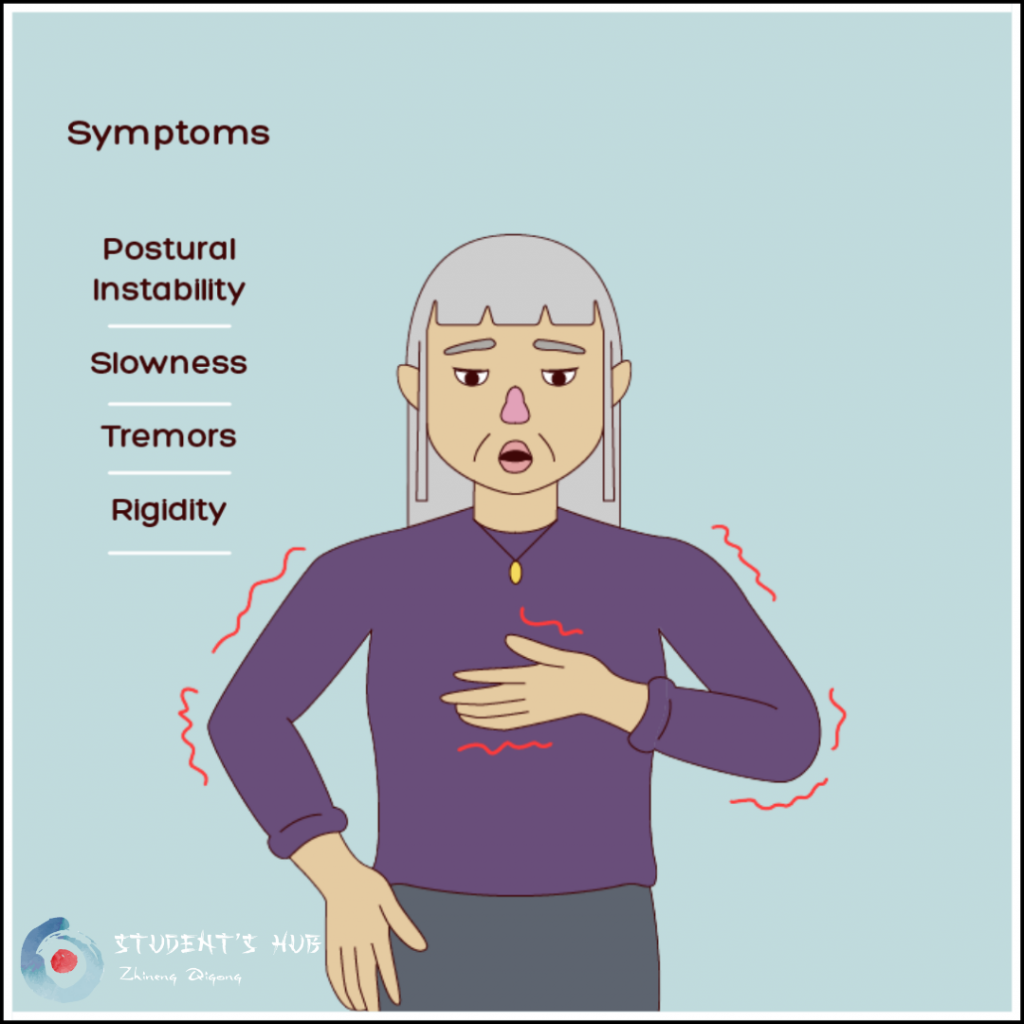
Parkinson’s disease is a neurodegenerative disorder that affects 0.3 percent of the population. The four cardinal symptoms are tremors, rigidity, postural instability, and bradykinesia (slowness). This makes it difficult for people with Parkinson’s Disease to do most things that require mobility. It also has a negative effect on their mental health with some patients developing depression as a result. Ongoing research in the medical field provided patients with pharmaceutical treatment that targets the symptoms. But this course of action often leads to unpleasant side effects, while the efficacy of the drug decreases overtime. Apart from a heavy reliance on government aid, treatments range between $10,043 and $12,491 per patient annually, with one source saying that “The total cost of Parkinson’s disease to individuals, families and the United States government is $51.9 billion every year“.1
This expensive and limited treatment was all sufferers of Parkinson’s Disease had until Qigong was introduced. And while there is still no cure for Parkinson’s, Qigong certainly helps. Debilitating symptoms of this disease improved with using Qigong as a form of physical therapy alongside medical treatment. As a result, a new hope arises for the treatment and prevention of Parkinson’s Disease (and other neurodegenerative disorders).
“It is crucial for PD patients to do physical therapy because they need a medical treatment and a positive influence on both body and mind “.2 Qigong utilizes mind and body healing in many ways. And while research shows that it can improve one’s mental health, “directly [impacting] anxiety, depression, stress, mood and self-esteem”, there is something greater at play.3 In Zhineng Qigong a person’s intention plays an important role in improving their health, described as the reason for practicing, and the driving force for achieving health. But how does this relate to Parkinson’s Disease?
A Zhineng Qigong Teacher’s Approach to treating patients with Parkinson’s Disease
“The basis of the work that I have been doing started with the relationship between neurodegenerative diseases and spinal health (in particular the brain and spinal column). Although the link seemed obvious, finding a way of opening space for healing in this part of the body can be challenging. A far more accessible approach for the groups I have been working with is to focus on improving mobility, which in turn can improve spinal health as a side effect.
To this end a lot of the practice that is now being developed for studies by a university in the UK are focusing initially on mobilisation (especially of the shoulders and hips) but with an aim of creating more space in the spine. Once we have created the space in the spine, we can then use ideas of drawing Hun Yuan Qi down through the space that has been created in order to replace the old stagnant qi (that has been released by the movement). There are obviously additional aspects that need to be considered such as the importance of relaxation of both body and mind and ways to work with medication. But this turns into a far larger piece of work.”

Qigong as a form of therapy for patients with Parkinson’s Disease

There is a major difference between alternative medicine and western medicine. Conventional western medicine is seen to treat the symptoms of this degenerative disorder, which often results in a temporary improvement of symptoms. Whereas Traditional Chinese Medicine (TCM) treats the root cause of an illness.4 In Zhineng Qigong, individuals do this by balancing Qi while stimulating the body and the mind. Zhineng Qigong makes use of slow movement. It is often repetitive and stimulates thinking/feeling mental exercises simultaneously.
In Zhineng Qigong science, the Hunyuan Qi entirety theory exists. This theory describes the interconnectedness between an individual and their body, their environment, and all other systems they interact with. This theory is essential to achieve holistic health. And it is something that western medicine fails to consider, “Western medicine treats symptoms and treats the target or target organ as isolated from the rest of the body instead of as one whole interconnected system”.4 This method of treatment often leads to adverse effects such as the creation of new health concerns.


The Hunyuan Qi theory is utilized in many ways throughout Zhineng Qigong Science. And now, based on the teaching ad insights the medicine-less hospital gave us the creation of Hunyuan Qi Therapy has occurred. This graph depicts statistics from the most recent Hunyuan Qi Therapy retreat where this method was used. 79.4% of patients, or rather ‘students’ reported that their symptoms had improved, and this is without the occurrence of new symptoms. Some of the symptoms reported are displayed on the next graphic. Considering that these symptoms are like that of Parkinson’s Disease, this Therapy program is credible and sufficient to improve symptoms of Parkinson’s Disease.
A Parkinson’s Disease Healing story
To get a more concrete idea of how Hunyuan Qi therapy can aid individuals suffering from Parkinson’s Disease take a look at this healing story. In this encounter Jürgen Kotterer says “I regularly have light symptoms of the disease (Parkinson’s) but manage to address them very well with my regular Zhineng Qigong practice”. With continued practice, Jürgen was able to stop all medical treatments with an overall improvement in symptoms. He is now a certified Zhineng Qigong Teacher.
Just like Jürgen, other individuals display positive feedback with using an alternative healing modality like Qigong. One study said that “the success of the experiment is evident not only from the test data, but also from the positive feedback of the participants”.2 It is necessary to note that while Qigong can improve symptoms of Parkinson’s Disease, the best results are achieved over prolonged periods of time.
Conclusion

How Qigong revolutionizes treatment for Parkinson’s Disease
In Health Qigong for Parkinson’s Disease, practitioners are instructed to tap an acupuncture point. Thinking about what they feel, they move onto the next acupuncture point while continuing to feel the previous one. This creates an opportunity to strengthen the muscles with continuous simple movement and the mind with powerful constructive exercises. It targets all parts of the body, particularly focusing on drawing Qi into the meridians. But apart from this Qigong alternative also offers treatment options that is more convenient and efficient for practitioners.
Using Qigong as a form of treatment is low of cost, easy to learn and remember, and does not involve frequent visits to the hospital. In fact, Qigong for Parkinson’s Disease is specifically designed to target all affected parts of the body. Focusing on movement of joints and muscles and the repetitive, simple movements that come naturally and invite Qi. It also helps to exercise the brain, by using thinking/feeling exercises. This not only stimulates a continuous Qi flow but also allows patients to improve their focus and strengthen their mental abilities. Along with many other benefits, the financial stress on patients and their families decreases as Qigong is free to learn and implement.
References
John Millar, Qigong Academy (2022)
Britta Stalling, Hunyuan Qi Therapy (2022)

